Table of Contents
I. Introduction to Innovative Essays
II. Characteristics of Innovative Essays
III. Types of Innovative Essays
IV. How to Brainstorm Ideas for an Innovative Essay
V. Choosing a Topic for an Innovative Essay
VI. Structuring Your Innovative Essay
VII. Developing Your Innovative Essay
VIII. Incorporating Visuals and Multimedia Elements
IX. Case studies of Successful Innovative Essays
X. Developing a Unique Thesis Statement
XI. Frequently Asked Questions (FAQs)
I. Introduction to Innovative Essays
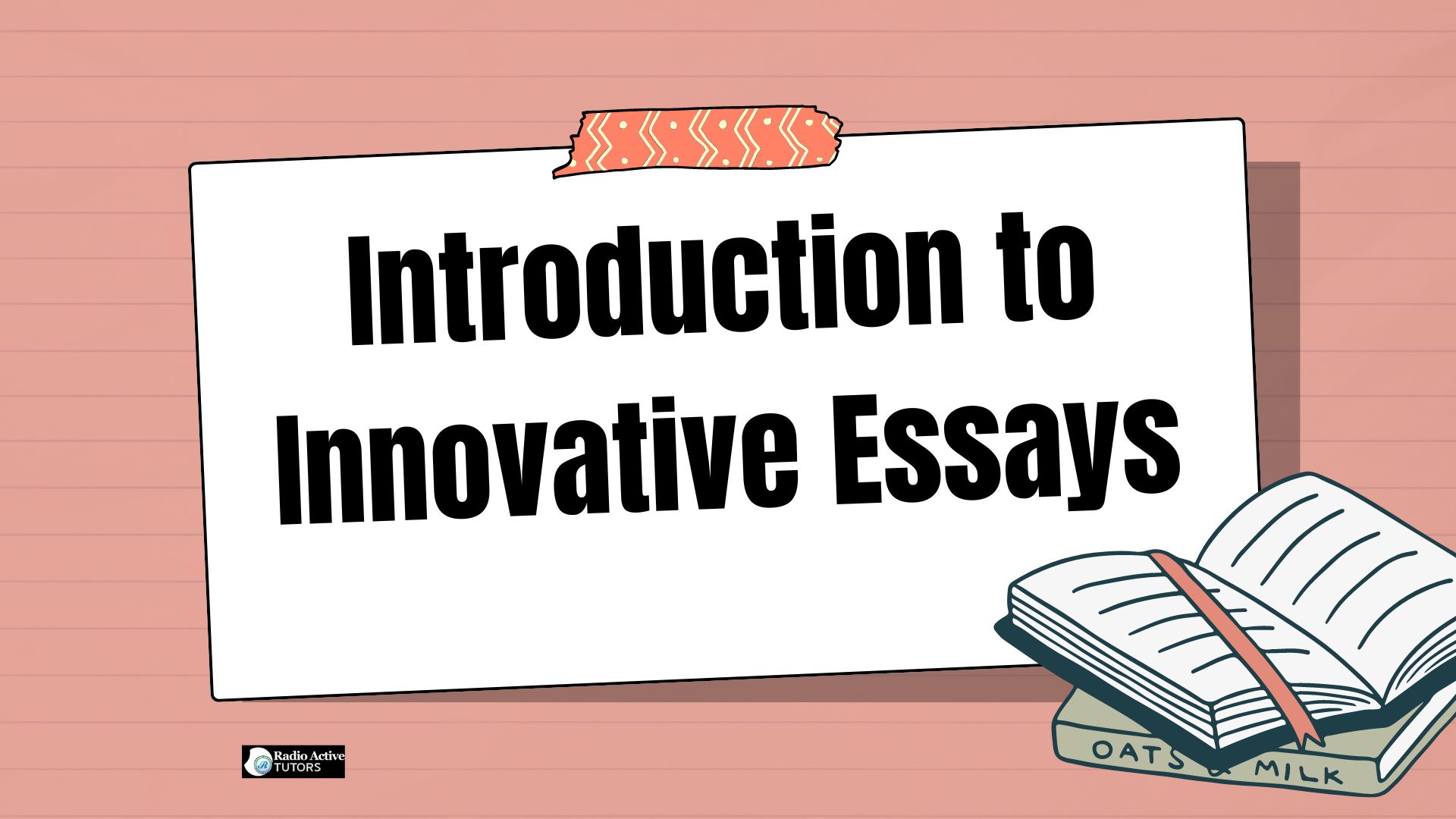
- What is an innovative essay?
An innovative essay is a piece of writing that goes beyond the conventional boundaries of traditional academic discourse. It challenges norms, explores new perspectives, and experiments with form and style to deliver its message or theme. Innovative essays often blend genres, incorporating elements of fiction, poetry, or even visual art to create a unique and engaging reading experience. They may employ unconventional structures, such as fragmented narratives or non-linear storytelling, to provoke thought and evoke emotion in the reader. By pushing the limits of what an essay can be, innovative essays encourage creativity, exploration, and a deeper understanding of complex ideas.
II. Characteristics of Innovative Essays
- Unconventional structures and formats
Unconventional structures and formats are defining characteristics of innovative essays, distinguishing them from traditional academic writing. These essays eschew the linear, chronological, or formulaic approaches commonly found in standard essays. Instead, they embrace experimentation with form and structure, often employing fragmented narratives, nonlinear storytelling, or even visual elements to convey their message. By challenging established norms, unconventional structures in innovative essays invite readers to engage with the content in new and unexpected ways, fostering deeper connections and understanding of the subject matter. This departure from convention encourages creativity and opens up avenues for exploring complex ideas from diverse perspectives.
- Originality and uniqueness
Originality and uniqueness are fundamental characteristics of innovative essays. These essays strive to break away from clichés and predictable narratives, offering fresh perspectives and creative insights into their chosen subjects. They often feature unconventional ideas, imaginative interpretations, and novel approaches to storytelling or argumentation. Originality in innovative essays doesn’t just lie in the content but also in the form and style, pushing the boundaries of traditional academic writing. By embracing originality, these essays aim to provoke thought, challenge assumptions, and inspire readers to see familiar topics in new and thought-provoking ways. This commitment to uniqueness makes innovative essays not only intellectually stimulating but also a catalyst for creativity and innovation in writing.
- Integration of multimedia and visuals
The integration of multimedia and visuals is a hallmark of innovative essays, distinguishing them from conventional academic writing. These essays leverage the power of images, videos, audio, and other multimedia elements to enrich and deepen the reader’s understanding of the content. By incorporating visuals, such as photographs, illustrations, or infographics, alongside textual narratives, innovative essays create a multidimensional experience that engages both the intellect and the senses. This approach not only enhances the presentation of complex ideas but also allows for creative expression and interpretation. By embracing multimedia, these essays expand the possibilities of storytelling, offering a dynamic and interactive reading experience that encourages exploration and discovery.
III. Types of Innovative Essays
Multimedia essays represent a distinct category within the realm of innovative essays, combining textual content with various forms of multimedia to convey their message effectively. These essays integrate elements such as images, videos, audio clips, animations, and interactive features to enrich the narrative and engage the reader in a more immersive way. Multimedia essays leverage the strengths of different media formats to present complex information, tell compelling stories, or argue persuasive points.
This approach not only enhances the depth and clarity of the content but also allows for greater creativity and innovation in how ideas are communicated. By blending textual and visual elements, multimedia essays cater to diverse learning styles and preferences, making the information more accessible and compelling for a wider audience.
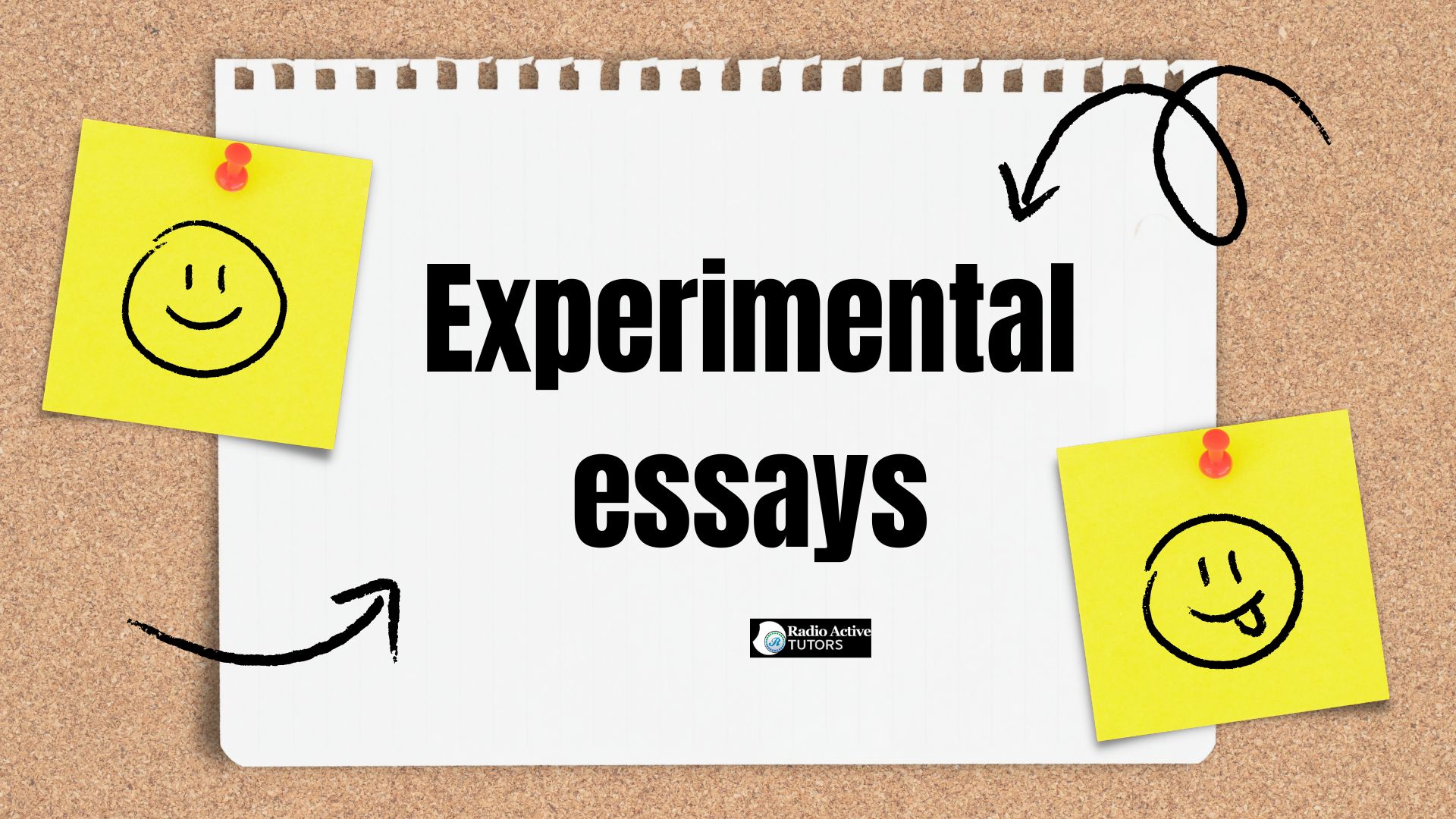
Experimental essays represent a category of innovative essays that push the boundaries of traditional forms and structures. These essays often challenge established norms by experimenting with narrative techniques, stylistic elements, or even the fundamental concept of what constitutes an essay. They may employ fragmented narratives, non-linear storytelling, stream-of-consciousness writing, or other unconventional methods to explore complex themes or ideas. Experimental essays prioritize creativity, exploration, and the potential for discovery over adherence to conventional academic norms. By embracing experimentation, these essays encourage readers to engage critically and creatively with the content, fostering new perspectives and deeper insights into the subject matter.
Hybrid essays represent a dynamic category within the realm of innovative essays, blending elements from different genres, disciplines, or forms of writing. These essays combine aspects of fiction, poetry, academic discourse, and personal narrative to create a unique and multifaceted reading experience. By intertwining diverse styles and approaches, hybrid essays challenge traditional boundaries and offer new ways of exploring complex topics or themes. They may incorporate elements of visual art, multimedia, or experimental techniques to further enrich their storytelling. Hybrid essays encourage creative expression and allow for a more fluid and adaptable approach to conveying ideas, making them a versatile and engaging form of contemporary writing.
IV. How to Brainstorm Ideas for an Innovative Essay
Mind mapping techniques are invaluable tools in the process of brainstorming ideas for an innovative essay. A mind map begins with a central idea or topic, from which branches radiate outwards to capture related concepts, themes, and connections. This visual representation helps to organize thoughts, stimulate creativity, and uncover new perspectives. Mind maps can include keywords, phrases, or even images, providing a flexible framework for exploring and developing ideas. By allowing for non-linear thinking and the exploration of multiple angles, mind mapping facilitates the generation of innovative and original content for essays. It encourages the synthesis of diverse information and helps writers to visualize the relationships between different elements, ultimately enhancing the coherence and depth of the essay’s content.
- Visual brainstorming methods
Visual brainstorming methods are powerful tools for generating ideas for an innovative essay. These methods utilize visual elements such as diagrams, charts, sketches, and even digital tools to explore and organize thoughts and concepts. Visual brainstorming allows writers to map out connections between ideas, identify patterns, and visualize the structure of their essay in a dynamic and interactive way. By incorporating visual elements, writers can stimulate creativity, uncover new insights, and break free from conventional thinking.
Visual brainstorming methods encourage a holistic approach to brainstorming, engaging both the left and right hemispheres of the brain to foster innovative and original ideas. This visual approach not only enhances the clarity and coherence of the essay but also provides a platform for integrating multimedia elements and enhancing the overall impact of the writing.
- Collaborative brainstorming
Collaborative brainstorming is a valuable method for generating ideas for an innovative essay. This approach involves working together with others, such as peers, mentors, or experts, to explore and develop ideas collectively. By leveraging diverse perspectives and expertise, collaborative brainstorming fosters creativity and encourages the generation of unique and multidimensional concepts. Through open dialogue and exchange of ideas, participants can build upon each other’s contributions, identify strengths and weaknesses in their arguments, and refine their thinking.
Collaborative brainstorming promotes a collaborative spirit, allowing writers to explore unconventional angles and approaches that they might not have considered individually. This process not only enhances the quality and depth of the essay but also cultivates a sense of community and shared ownership over the ideas being developed.
V. Choosing a Topic for an Innovative Essay
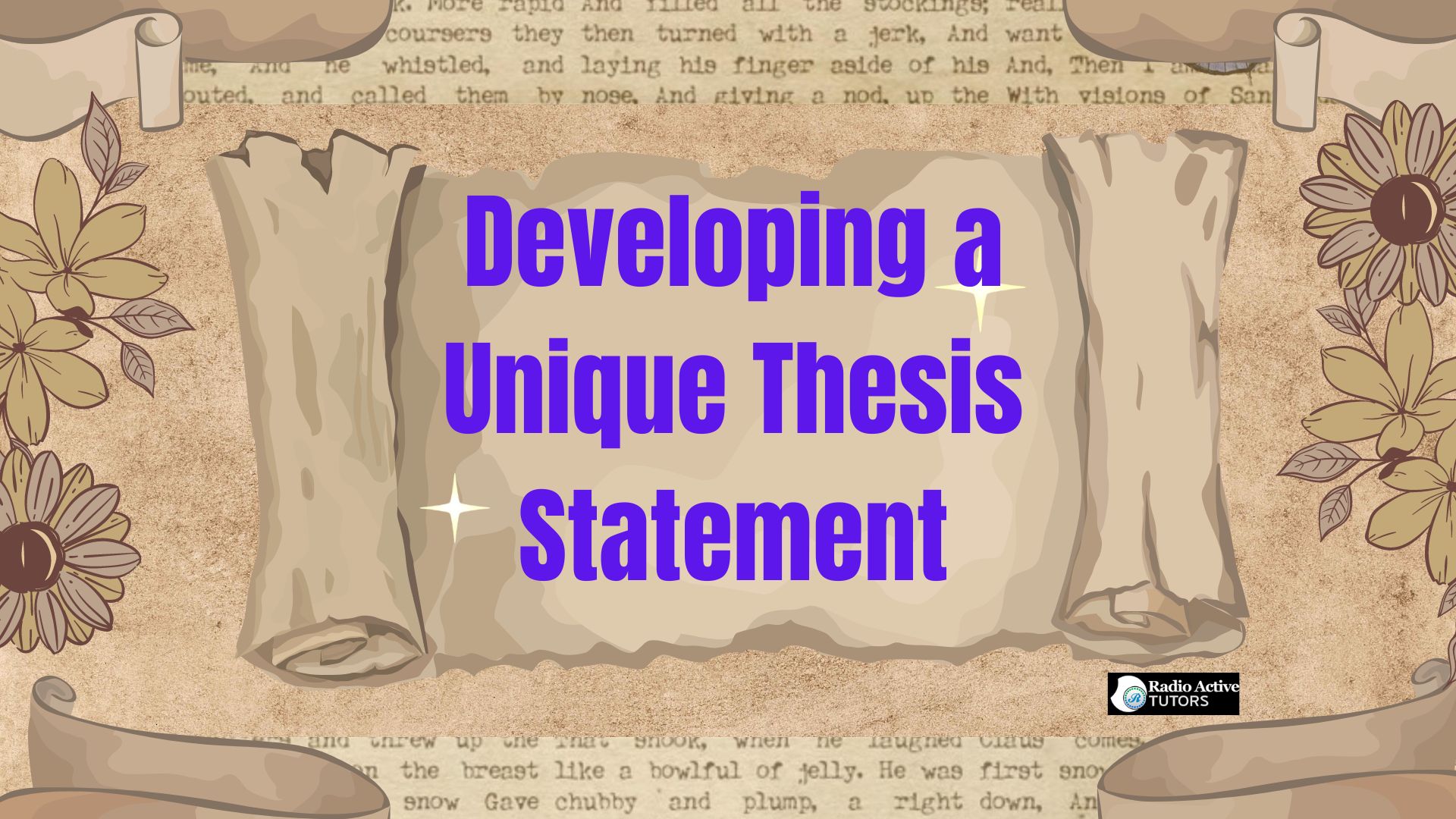
- Finding inspiration in unconventional places
Finding inspiration in unconventional places is a key strategy when choosing a topic for an innovative essay. Often, the most compelling ideas arise from unexpected sources or overlooked aspects of familiar subjects. For example, drawing inspiration from art, music, science fiction, or even everyday life experiences can lead to fresh perspectives and innovative approaches to writing. Exploring topics that haven’t been extensively covered or combining disparate fields of study can also yield unique insights.
By looking beyond traditional boundaries and seeking inspiration in unconventional places, writers can discover topics that resonate deeply and offer opportunities for groundbreaking exploration in their essays. This approach not only enriches the writing process but also ensures that the essay stands out for its originality and creativity.
- Leveraging personal experiences
Leveraging personal experiences can be a powerful strategy when choosing a topic for an innovative essay. Personal experiences provide a unique lens through which writers can explore and understand broader themes and issues. By reflecting on their own experiences, writers can uncover insights, emotions, and perspectives that resonate deeply with readers. This personal connection not only adds authenticity and depth to the essay but also allows writers to approach the topic in a way that is both personal and universal.
Whether it’s drawing on moments of triumph, struggle, or transformation, leveraging personal experiences can inspire innovative ideas and provoke thought-provoking discussions. Ultimately, by weaving personal narratives into their essays, writers can create compelling and impactful pieces that resonate with audiences on a profound level.
- Current trends and issues
Current trends and issues provide abundant opportunities for choosing a topic for an innovative essay. These topics are dynamic and often provoke widespread interest and debate in society. By addressing current trends and issues, writers can engage with timely and relevant subjects that capture the attention of readers and offer fresh insights. Whether it’s exploring technological advancements, social justice movements, environmental concerns, or cultural shifts, these topics provide a fertile ground for innovative thinking and creative exploration.
Innovative essays that delve into current trends and issues can challenge assumptions, propose new solutions, or offer alternative perspectives that contribute to ongoing discussions. By staying informed and attuned to current events, writers can identify compelling topics that not only resonate with readers but also push the boundaries of traditional essay writing, fostering innovation and critical thinking in the process.
VI. Structuring Your Innovative Essay
Non-linear structures are a defining feature in structuring innovative essays, offering writers the freedom to depart from traditional linear narratives. These structures can involve the use of flashbacks, parallel narratives, or thematic connections that do not follow a chronological sequence. By arranging the content in a non-linear fashion, writers can create a more dynamic and engaging reading experience, challenging readers to piece together information and draw their own conclusions.
Non-linear structures allow for a more nuanced exploration of complex ideas and themes, encouraging deeper reflection and exploration. This approach not only breaks away from the predictability of conventional essays but also enhances the essay’s impact by inviting readers to actively participate in making sense of the narrative. Ultimately, non-linear structures in innovative essays enable writers to experiment with form and style, pushing the boundaries of storytelling and offering new possibilities for creative expression.
Circular narratives represent a distinctive approach in structuring innovative essays, characterized by returning to the beginning or a key event to provide deeper insight or resolution. This technique challenges traditional linear structures by creating a narrative loop that revisits and reinterprets events or themes. By circling back to the starting point, writers can offer new perspectives, reveal hidden connections, or provoke reflection on the journey of their exploration.
Circular narratives enhance the coherence and unity of the essay by reinforcing its central themes and ideas. They invite readers to engage actively in the process of interpretation and meaning-making, fostering a deeper understanding and appreciation of the essay’s message. Ultimately, circular narratives in innovative essays exemplify how structure can be used innovatively to enhance storytelling and convey complex ideas in a compelling and thought-provoking manner.
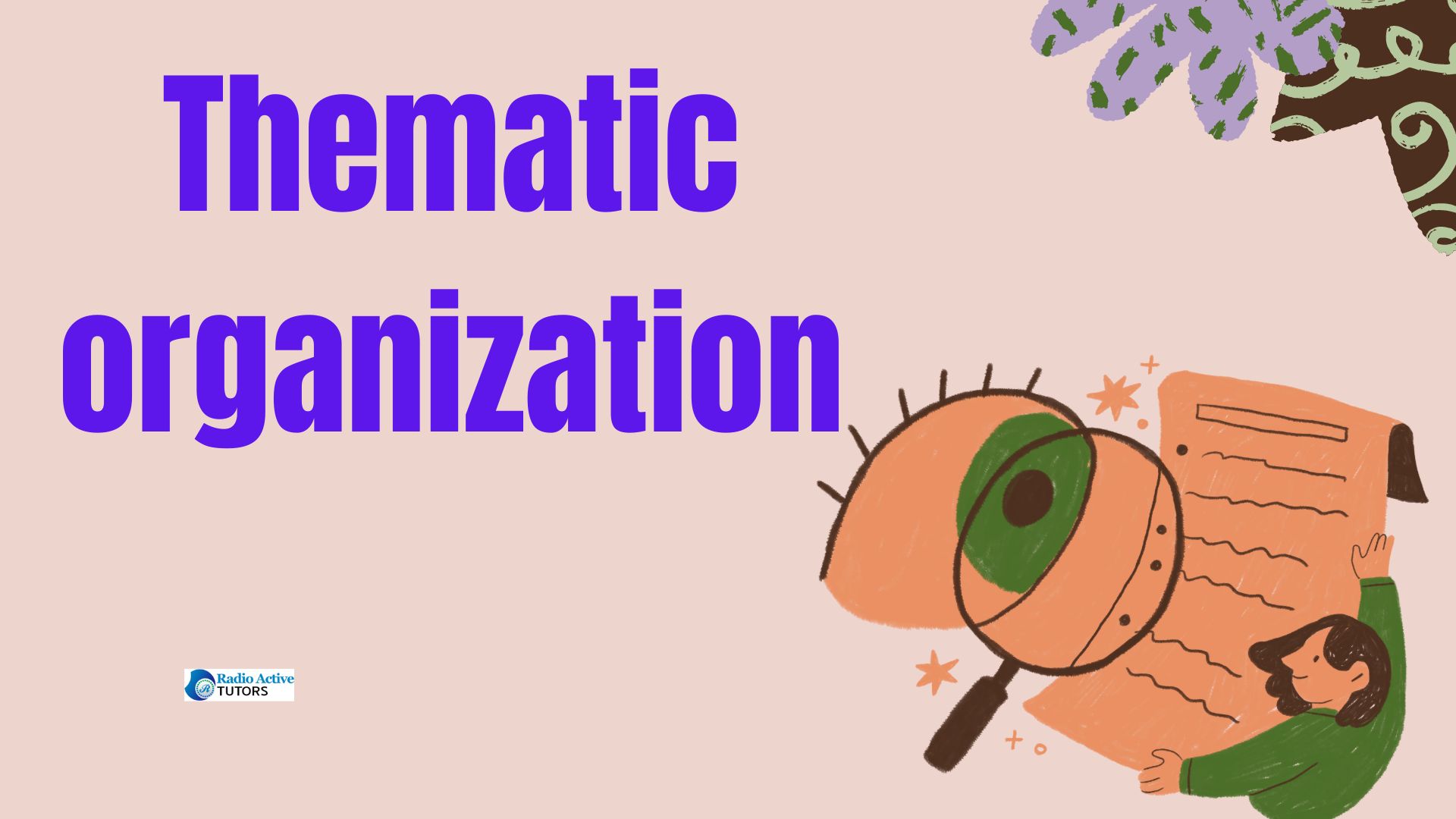
Thematic organization is a fundamental approach in structuring innovative essays, focusing on the exploration of central themes rather than a strict chronological or narrative sequence. This method allows writers to delve deeply into key ideas, concepts, or arguments, organizing the essay around overarching themes that unify and connect various parts of the text. By adopting a thematic structure, writers can offer a comprehensive analysis of their chosen topic, examining different aspects from multiple perspectives. This approach encourages a holistic understanding of the subject matter, facilitating a coherent and nuanced presentation of ideas.
Thematic organization also allows for flexibility and creativity in how information is presented, enabling writers to highlight connections between seemingly disparate elements and to develop a cohesive argument that unfolds logically and persuasively. Overall, thematic organization in innovative essays provides a structured yet flexible framework that enhances clarity, coherence, and depth of analysis, ensuring that the essay engages readers intellectually and emotionally.
VII. Developing Your Innovative Essay
Developing your innovative essay involves a process of exploration, experimentation, and refinement to bring your unique vision to life. It begins with selecting a compelling topic that challenges norms or explores new perspectives, ensuring it aligns with your interests and passions. Research and brainstorming are critical phases where you gather information, generate ideas, and consider innovative approaches to present your argument or narrative.
Crafting a strong thesis statement that captures the essence of your essay’s purpose and uniqueness is essential to guide your writing. As you draft your essay, consider non-linear structures, thematic organization, or other unconventional methods to enhance the impact and engagement of your writing. Incorporating visuals and multimedia elements can further enrich your essay, providing a multi-dimensional experience for your readers. Finally, revising and editing your work ensures clarity, coherence, and effectiveness, allowing your innovative ideas to shine through and leave a lasting impression on your audience.
VIII. Incorporating Visuals and Multimedia Elements
Incorporating visuals and multimedia elements is a defining feature of innovative essays, enriching the text and engaging readers in a dynamic and interactive way. These elements can include photographs, illustrations, infographics, videos, audio clips, and interactive features that complement and enhance the written content. By integrating visuals and multimedia, writers can convey complex information more effectively, evoke emotions, and stimulate deeper engagement with the essay’s themes. Visuals can serve as powerful tools for illustrating key points, providing evidence, or presenting data in a clear and compelling manner.
Multimedia elements, such as videos or audio clips, can add another dimension to the narrative, offering firsthand accounts, interviews, or performances that enrich the reader’s understanding and experience. By leveraging visuals and multimedia, innovative essays transcend traditional boundaries of text-based communication, offering a multi-sensory experience that appeals to a diverse audience and enhances the overall impact and effectiveness of the essay.
IX. Case studies of Successful Innovative Essays
Case studies of successful innovative essays illustrate how writers have effectively challenged conventions and explored new territories in writing. These essays often blend genres, experiment with structure and style, and integrate multimedia elements to engage readers in novel ways. For instance, an innovative essay might combine personal narrative with academic analysis, using visual art or digital media to enhance its impact. Successful examples often provoke new insights or perspectives on familiar topics, encouraging readers to think critically and creatively. By studying these cases, writers can gain inspiration and insights into how to push the boundaries of traditional essay writing, fostering innovation and advancing the art of storytelling in the process.
X. Developing a Unique Thesis Statement
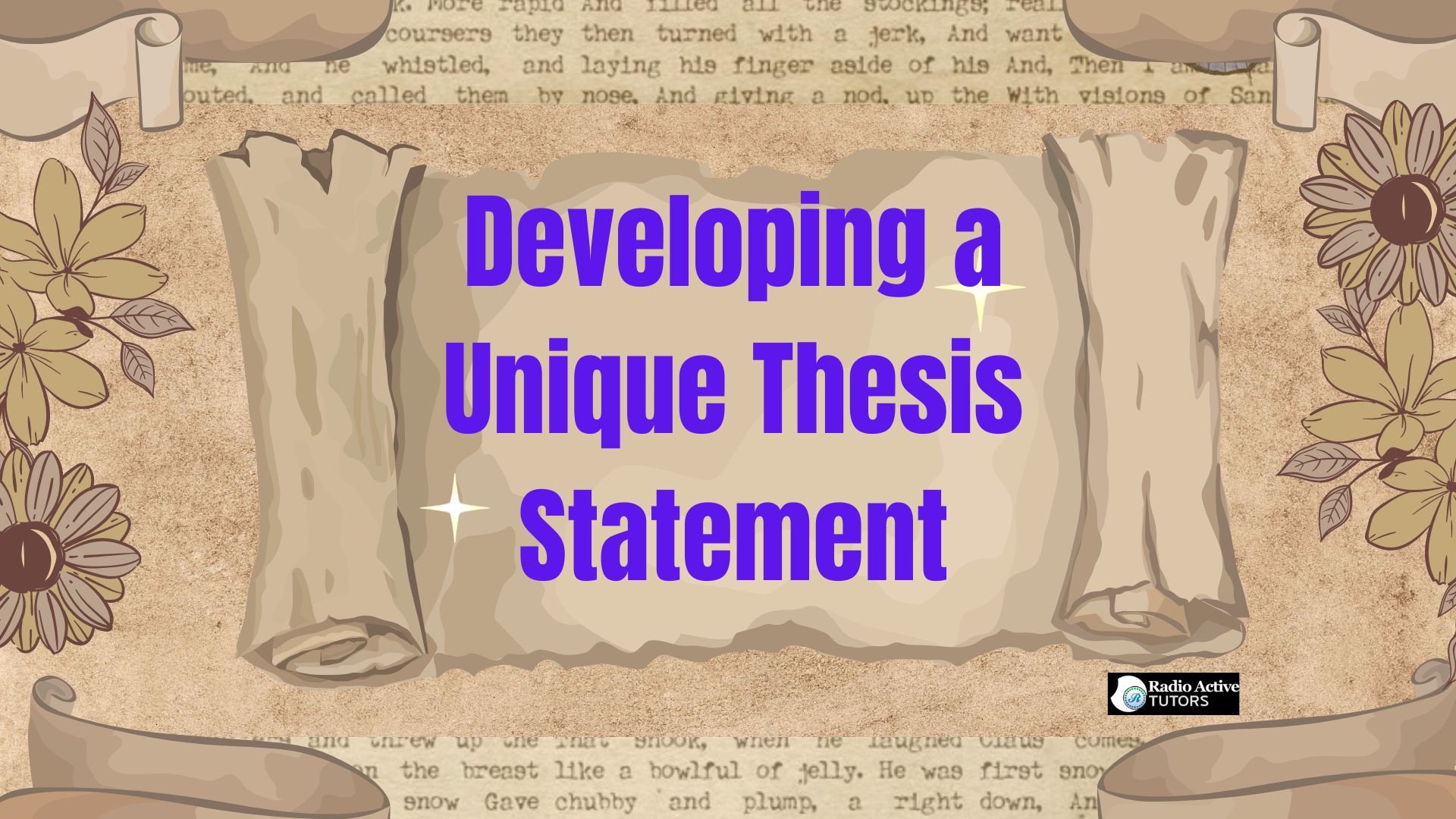
- Defining the purpose of your essay
Defining the purpose of your essay is crucial in developing a unique thesis statement for an innovative essay. The purpose serves as the guiding force that shapes the direction and focus of your writing. It clarifies what you aim to achieve or communicate through your essay, whether it’s to challenge existing perspectives, explore new ideas, propose a solution to a problem, or present a fresh interpretation of a topic. By clearly defining your purpose, you can articulate a thesis statement that is distinct and compelling, setting your essay apart from others. This clarity not only helps to refine your arguments and structure your essay effectively but also ensures that your writing remains cohesive and focused on achieving your intended goals.
Making a strong argument begins with developing a unique thesis statement in innovative essays. A strong thesis statement not only states the main idea or argument of the essay but also sets the tone and direction for the entire piece. In innovative essays, this statement often reflects a novel perspective, challenges conventional wisdom, or proposes an unconventional approach to the topic at hand. It should be specific, clear, and debatable, inviting readers to engage critically with the ideas presented.
A strong argument in innovative essays goes beyond merely summarizing facts or information; it synthesizes evidence, analysis, and interpretation to support a thought-provoking thesis. By developing a strong thesis statement, writers can establish a foundation for their essay that is both original and compelling, prompting readers to reconsider their assumptions and embrace new insights.
- Expressing your perspective creatively
Expressing your perspective creatively is essential in developing a unique thesis statement for innovative essays. Innovative essays often require writers to think beyond the conventional boundaries of academic writing and to present their ideas in a way that is engaging, imaginative, and thought-provoking. Creativity in thesis statements involves finding fresh angles, using evocative language, and employing innovative approaches to convey your main argument.
By infusing creativity into your thesis statement, you can captivate your audience’s attention from the outset and invite them to explore new dimensions of the topic. This creative expression not only enhances the uniqueness of your essay but also sets a tone of innovation and originality that permeates throughout the entire piece.
XI. Frequently Asked Questions (FAQs)
- What is the difference between a traditional essay and an innovative essay?
- Can I use innovative essays in all academic disciplines?
- How do I know if my essay is too unconventional?
- Are there any specific software tools for creating innovative essays?
- Is it okay to combine academic writing with personal storytelling?
- What are the benefits of writing innovative essays?
- How do you brainstorm ideas for an innovative essay?
- What are some examples of innovative essay structures?
- How can I incorporate multimedia into my essay?
- What is the difference between a hybrid and an experimental essay?
- Can I use humor and irony in academic essays?
- What are some tools to create interactive essays?
- How do you write a compelling introduction for an innovative essay?
- What are the best practices for maintaining coherence in an innovative essay?
